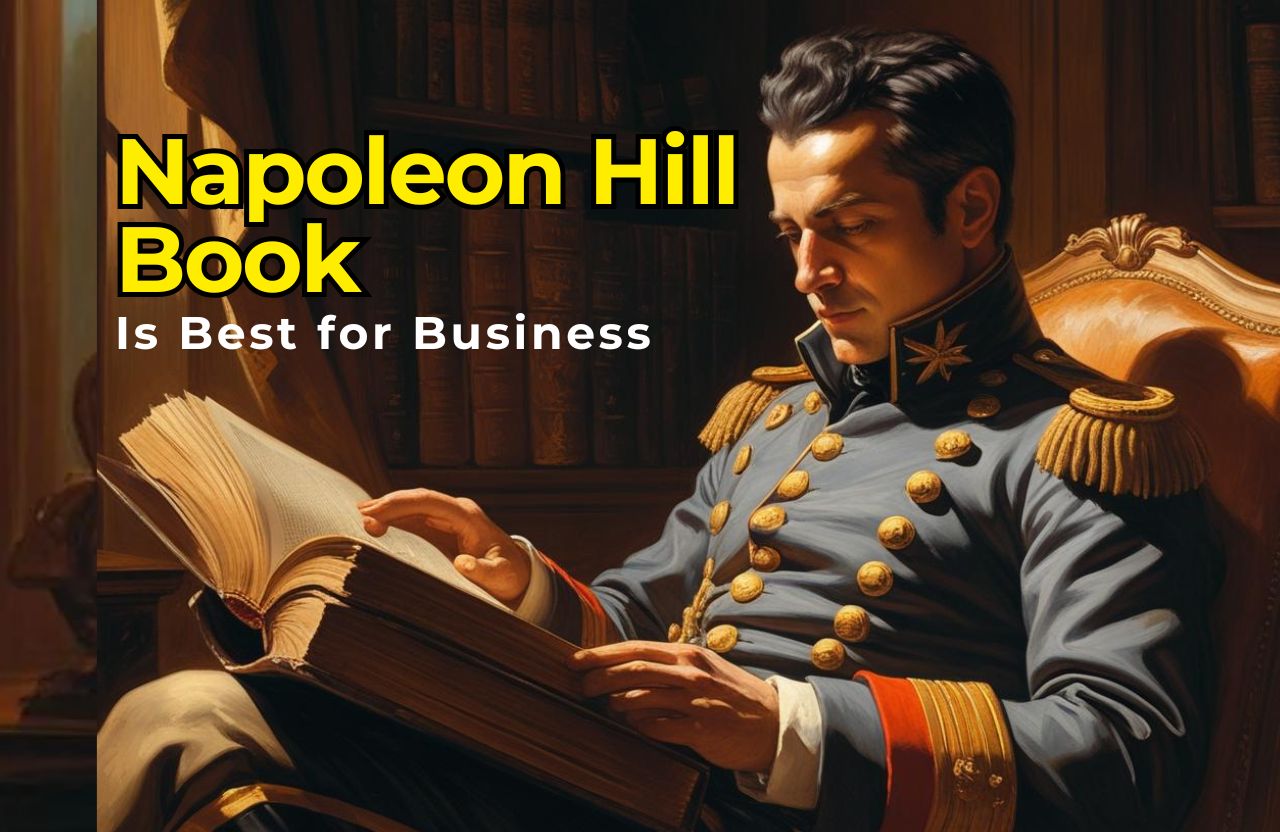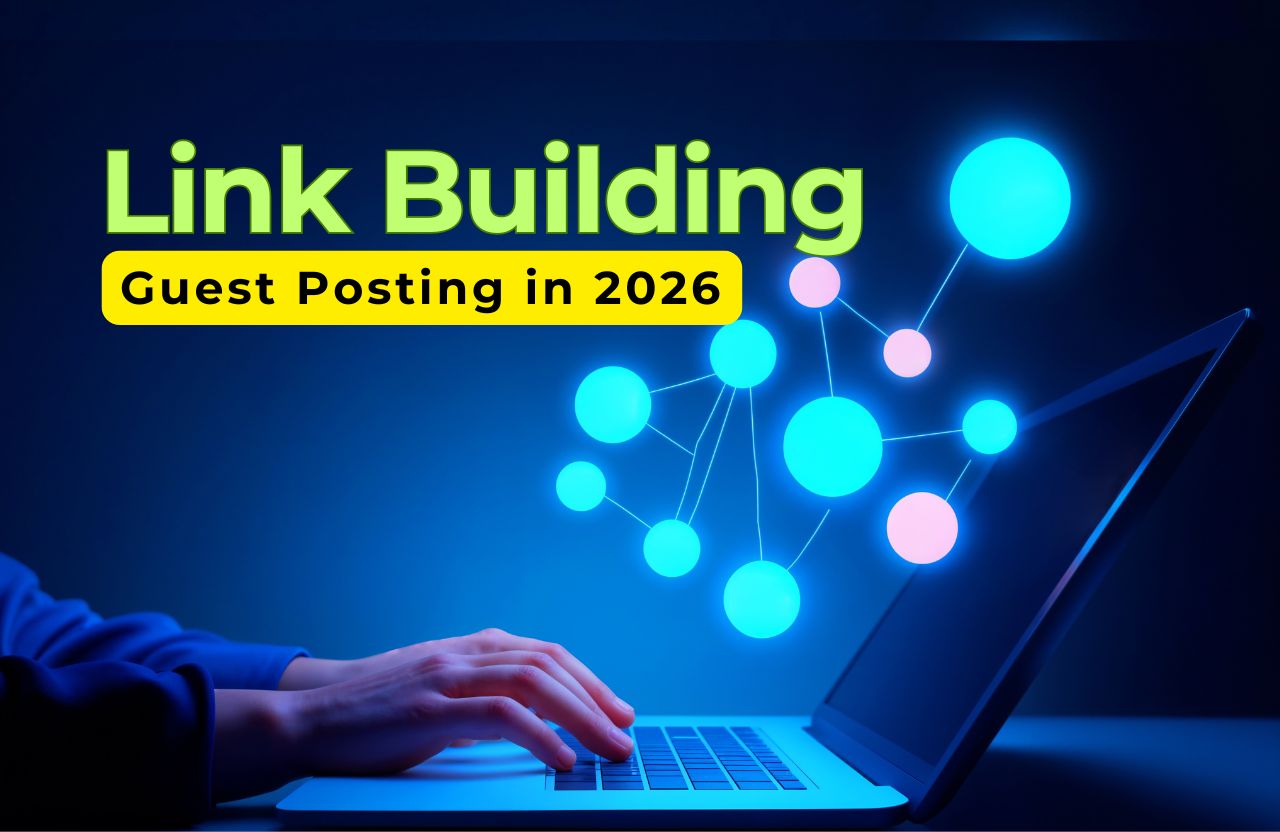Consulting is a craft that blends analytical prowess with human insight. Today’s most successful consultants don’t simply deliver frameworks or forecasts; they shape experiences, foster collaboration, and ignite lasting change. Their work is grounded in curiosity and empathy, yet driven by measurable outcomes and strategic rigor. In the sections that follow, we explore nine critical areas where top consultants distinguish themselves—and, after each, you’ll find a clear “What you should do” paragraph to help you put these practices into action immediately.
Deep Listening: Beginning with Empathy
The hallmark of outstanding consultants is an unwavering commitment to deep listening. Before offering a single recommendation, they immerse themselves in the client’s environment, observing team interactions, attending cross-functional meetings, and exploring data flows. They listen not just for facts, but for emotion, hesitation, and unspoken concerns. By reflecting back what they hear and asking open-ended questions, they create space for clients to reveal the core issues that lie beneath surface problems.
What you should do: Set aside dedicated time for stakeholder interviews without an agenda; practice paraphrasing and reflection after each response; embrace brief silences to allow deeper insights to surface; and take contextual notes on tone and body language to inform your next steps.
Precision in Problem Framing
Once you’ve listened, the next imperative is to frame the problem with precision. Leaders across industries often mistake symptoms—stagnant revenue, bottlenecked processes, or misaligned teams—for root causes. The best consultants resist this trap by crafting problem statements that clearly articulate what needs to change, for whom, by how much, and within what time frame. This level of clarity aligns stakeholders, focuses energy, and sets a measurable target for success.
What you should do: Draft problem statements that specify scope, metric, target, and timeline; workshop these with key leaders to ensure shared understanding; document the final statement in a brief one-page summary; and revisit it at each project milestone to keep the team aligned.
Collaborative Solution Design
Top consultants understand that solutions created in isolation often lack real-world adaptability. That’s why they prioritize co-creation with client teams. Picture a workshop room where functional leads sketch process flows on whiteboards while data analysts build mock dashboards in real time. That dynamic interplay ensures that each idea reflects operational realities and carries the shared ownership necessary for seamless implementation.
What you should do: Plan interactive workshops combining brainstorming and prototyping; provide pre-work assignments so participants arrive prepared; use dot-voting or similar exercises to quickly converge on top ideas; and assign clear owners to each prototype to maintain momentum.
Adapting Frameworks to Fit Context
Frameworks like SWOT analysis or the Growth-Share Matrix offer valuable starting points, but they must never be applied as rigid templates. Leading consultants treat these tools as clay, molding dimensions and metrics to reflect each client’s unique landscape. For a consumer goods firm, the axes of a growth matrix might shift from market share and growth rate to brand equity and distribution breadth. In a digital transformation project, sprint-based agile plans may be fused with design thinking exercises to sustain both rapid iteration and deep empathy.
What you should do: Review the assumptions underlying any framework you plan to use; customize axes, labels, and metrics based on client data and priorities; pilot the adapted framework with a small team to validate its fit; and adjust continuously as new insights emerge.
Measuring for Impact
Ideas without measurement are like maps without destinations. Exceptional consultants co-design a balanced set of metrics with their clients from day one. They pair leading indicators—early signs of success or risk—with lagging indicators that capture ultimate outcomes. A live dashboard might track weekly pilot completions alongside monthly revenue growth, with automated alerts to surface deviations in real time.
What you should do: Identify two to three leading and lagging indicators tied directly to your project goals; build or configure a simple dashboard tool that updates automatically; schedule weekly metric reviews with stakeholders; and set threshold alerts to address deviations promptly.
Transparency to Build Trust
Transparency isn’t just about reporting progress; it’s about inviting stakeholders into every step of the journey. The best consultants share both wins and setbacks candidly, framing obstacles as opportunities for learning. Whether through weekly status summaries, shared project portals, or open forums, they maintain communication channels that encourage questions and collaboration.
What you should do: Publish concise weekly updates via email or a shared collaboration platform; host monthly open forums where clients can ask candid questions; document and share a running log of risks and mitigation plans; and acknowledge setbacks as openly as you celebrate wins.
Cultivating Long-Term Partnerships
For the elite consultant, the relationship extends well beyond the final deliverable. They schedule check-ins at key intervals—three, six, and twelve months post-engagement—to gauge sustained impact and address new challenges. They share market insights, invite clients to exclusive roundtables, and sometimes launch joint innovation pilots. This ecosystem approach cements their role as strategic advisors rather than one-off vendors.
What you should do: Block recurring calendar slots for 3-, 6-, and 12-month follow-up meetings; prepare brief performance pulse surveys to collect feedback in advance; compile and share a quarterly insight report relevant to your client’s industry; and propose small-scale pilots to test next-level ideas.
Investing in Continuous Learning
In a fast-evolving landscape, yesterday’s best practice can become today’s table stakes. Leading consultants carve out time for structured learning—whether it’s mastering new analytics tools, exploring emerging business models, or volunteering for pro bono assignments. Internal innovation labs and peer study groups serve as crucibles for experimentation, where nascent ideas can be tested before scaling to client work.
What you should do: Allocate a fixed number of hours each week for professional development; enroll in at least one new course or certification every quarter; join or start peer study groups to exchange lessons learned; and volunteer your expertise for pro bono projects that push you outside your comfort zone.
Authentic Personal Branding
Finally, in a marketplace crowded with voices, authenticity is your most powerful differentiator. Top consultants articulate a clear personal narrative—who they serve, what unique perspective they offer, and the outcomes they’ve delivered. They share stories, publish thought leadership, and showcase client testimonials that underscore real-world value.
What you should do: Craft a concise personal narrative highlighting your niche expertise and impact stories; publish one thought-leadership piece (blog post or video) each month; actively solicit and display client testimonials; and engage on social platforms with genuine, value-driven insights rather than generic self-promotion.
Conclusion
Integrating these nine practices into your consulting approach will transform you from a provider of answers to a partner in change. By listening deeply, framing precisely, co-creating solutions, adapting frameworks, measuring rigorously, practicing transparency, nurturing partnerships, learning continuously, and branding authentically, you’ll deliver breakthroughs that clients not only value—but keep coming back for.












